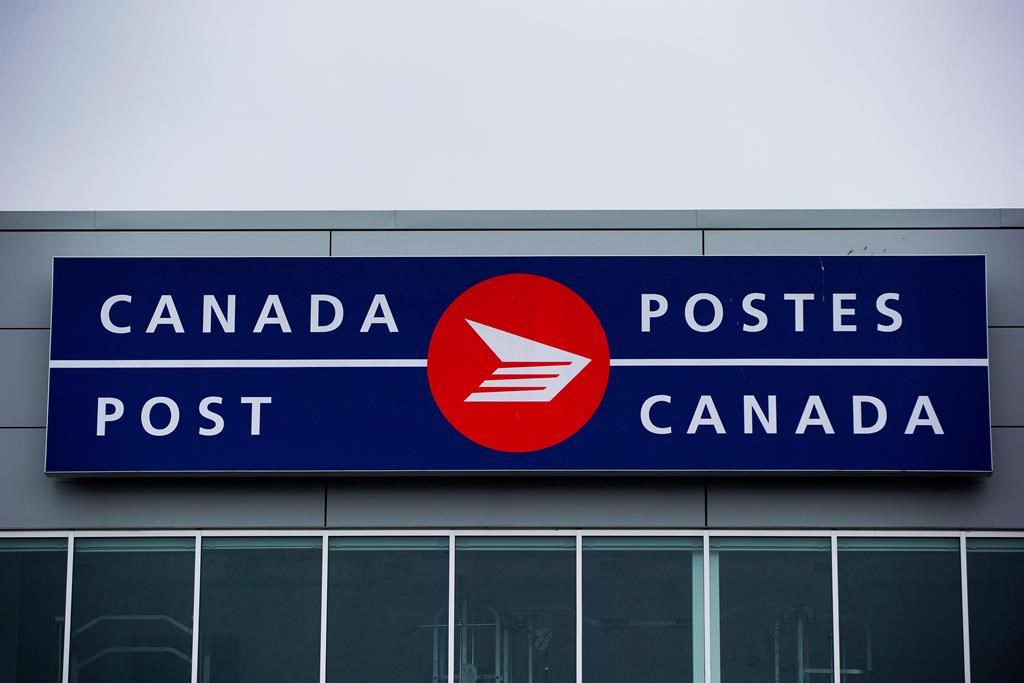OTTAWA — A 1970s Canada Post building in Alberta and stone Quebec City army barracks dating back to 1856 are just some of the public lands the Liberal government plans to turn into homes.
The idea, outlined in the federal budget released Tuesday, is to use federally owned sites across the country to help ease the Canada-wide housing crunch.
Here’s what to know.
How many properties are on the list?
The federal government is Canada’s largest landowner.
The budget lists six Canada Post properties it hopes to turn into housing, two of which Ottawa had previously put up for sale.
It says these are “just the start,” since the post office has a presence in more than 1,700 communities. The document touts nearly three dozen other “sample” Canada Post properties that could be “unlocked for housing.”
On the National Defence front, the budget says the government is looking “to divest 14 surplus properties that have potential for housing,” and it lists six of them in the document.
What will the housing look like?
Finance Canada said in some cases, that could look like adding apartments above an existing one-storey post office building.
“Many of these sites often house one-storey Canada Post buildings, which could be leveraged to build new homes across the country, while maintaining Canada Post services,” the budget document reads.
It’s less clear what will happen to the National Defence properties on the list, since some of them are protected historic sites.
What specific Canada Post properties are being targeted?
A brochure that lists the Canada Post building in Fort McMurray, Alta., for sale at $2.2 million by JLL Edmonton Industrial includes photos of a warehouse-style interior with few windows and loading dock doors — raising questions about how easy it would be to convert into housing units.
The government also listed three Canada Post properties in Quebec, in Trois-Rivières, Beauharnois and Roxboro, and two in B.C., in North Vancouver and Port Moody.
What about at National Defence?
Here are a few of the properties on offer:
— 87 St-Louis St., Quebec City: The Sewell House National Historic Site of Canada is a two-storey stone house built in 1803 and 1804 for Jonathan Sewell, then chief justice of Lower Canada. “While living here, the Sewell family entertained members of the social and political elite associated with the development of Quebec City,” Parks Canada says on its website.
— 96 D’Auteuil St., Quebec City: Near the Sewell House are the St. Louis Barracks, built in the mid- and late 19th century. Parks Canada says they are “one of the best examples of a pre-Confederation militia building associated with Canada’s gradual acceptance of responsibility for its own military defence following the withdrawal of British troops.” The Journal de Québec reported in 2020 that both would soon be up for sale.
— The National Defence Medical Centre, Ottawa: Parks Canada describes the nine-storey former full-service hospital, built in the early 1960s, as four wings that “radiate outward from a central core and feature punched window openings, and end curtain walls.”
— Brigadier Murphy Armoury, Vernon, B.C.: The armoury, built in 1913, is “a two-storey drill hall with simple horizontal massing and modest but strong detailing.” An article in the Vernon Morning Star in 2016 said its future was uncertain following a review by the Department of National Defence.
— Amherst Armoury in Nova Scotia: It was built in 1915 to house the 85th Canadian Infantry Battalion, which played a crucial role in the battle at Vimy Ridge during the First World War. The huge sandstone building, a recognized federal heritage building since 1990, was declared surplus in 2016 after the local army reserve unit moved out. But it is still used for community functions, concerts, military cadet training and to house the Nova Scotia Highlanders Regimental Museum.
What other buildings could be converted?
The budget says the government will “partner with the housing sector to build homes on every possible site across the federal portfolio.” The plan is to lease the lands and retain ownership whenever possible, the budget says.
Ottawa also plans to “urgently” lease public lands in Calgary, Ottawa, Edmonton, Toronto and Montreal, where 800 homes can be built.
People could also call former federal office buildings home, with the government spending $1.1 billion to cut its office space in half.
“Where applicable, the government will prioritize student and non-market housing in the unlocking of federal office properties,” says the budget.
Housing Minister Sean Fraser said Wednesday the government will release a map of federal properties that may be appropriate for housing in the coming months. Some sites will be easier to convert than others, he said.
“If we’re dealing with a piece of land that is not a simple conversion or an office building that could be rapidly converted into housing … when you’re dealing with a large-scale apartment building, it can take three years to actually put a building up.”
This report by The Canadian Press was first published April 17, 2024.
— With files from Michael MacDonald.
Anja Karadeglija, The Canadian Press





